Understanding how your body metabolizes alcohol and how long alcohol stays in your system is crucial for making informed decisions about when it’s safe to drive, operate machinery, or engage in physical activities. The body metabolizes alcohol at a relatively consistent rate of about 1 ounce per hour, but several factors can influence this process.

These factors include your weight, age, genetic predisposition, and the type and quantity of alcohol consumed. While the liver primarily processes and eliminates alcohol from the body, small amounts can also be excreted through breath and urine.
Key Takeaways
- one standard drink are 12 ounces of beer (5 %ABV)
- your body metabolizes alcohol at a standard rate of 0,015% BAC per hour. Which means it takes approx 1 hour to metabolize a standard drink
- the speed of alcohol absorption by your body depends on your composure. If you have more muscular mass alcohol is taken up quicker than when you have more fat
- alcohol can be detected in your breath, saliva, blood and urine. Breath, saliva and blood tests are for short term detection. Urine and hair tests can show alcohol consumption over a longer period as they focus on metabolites
If you have found the information you were looking for we invite you to take a look at other posts on our website. In case you need further details continue reading !
How long does wine to kick in
The time it takes for alcohol in wine to kick in varies from person to person and depends on several factors such as the individual’s body weight, metabolism, and tolerance level. While some people may start feeling the effects of alcohol within 10 to 15 minutes of consumption, others may take up to an hour or longer.
The rate at which alcohol enters the bloodstream is also influenced by how much food is in the stomach, as consuming alcohol on an empty stomach can lead to quicker absorption and a faster onset of intoxication.

It’s important to note that the alcohol content in different types of wine can also impact how quickly it kicks in. Wines with higher alcohol levels will likely have a more immediate effect compared to those with lower levels. Additionally, certain physiological factors such as hormonal fluctuations and stress levels can further affect how long it takes for alcohol in wine to take effect.
Wondering how long alcohol stays in your system?
Recent studies have shown that even after you stop drinking, traces of alcohol can still be detected in your system for hours or even days depending on various individual factors. It’s important to note that while you may feel sober and back to normal after your binge drinking within a few hours of not drinking, your body may still be processing the remaining alcohol. Understanding these nuances of alcohol addiction can help individuals make responsible choices about their actions and ensure their safety as well as others’.
How Does the Body Remove Alcohol?
The process of alcohol metabolism begins in the liver, where enzymes like alcohol dehydrogenase break down ethanol into acetaldehyde. This highly reactive compound is then further broken down by another enzyme called aldehyde dehydrogenase to form acetate.
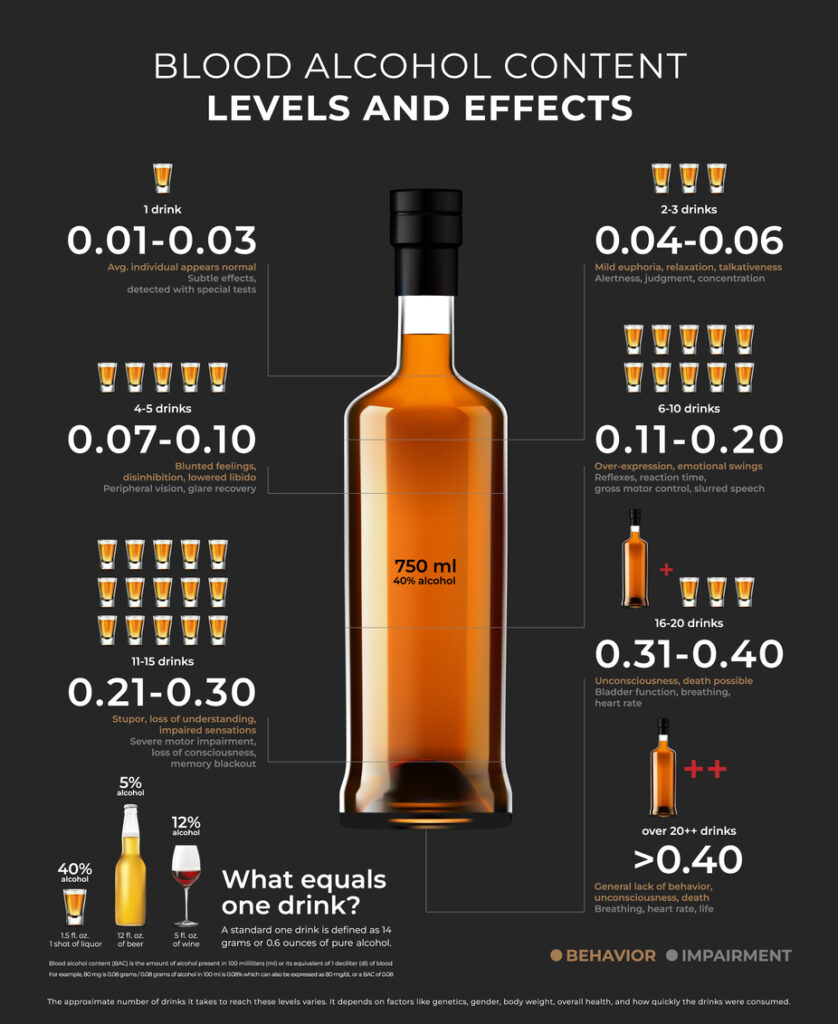
While acetate is less harmful than alcohol metabolized acetaldehyde, it can still cause damage if not efficiently processed. Interestingly, recent research suggests that the gut microbiome or small intestine also plays a significant role in alcohol metabolism, with certain bacteria influencing the production of metabolites that may impact how the body handles alcohol.
Effects of alcohol abuse
Furthermore, alcohol metabolism can have wide-ranging effects on different bodily systems beyond just the liver. For instance, prolonged heavy drinking and repeated cycles of excessive consumption eliminate alcohol can lead to increased production of pro-inflammatory cytokines, potentially leading to chronic low-grade inflammation throughout the body.
These insights underline that understanding how the body processes alcohol goes beyond just its immediate effects and points towards a more comprehensive view of its impact on overall mental health too. As we continue to delve deeper into this complex process, we uncover new layers of understanding about how alcohol affects us at a physiological level.

Alcohol Detection in Urine
The detection of alcohol in urine has become a crucial tool for law enforcement and monitoring alcohol consumption. While breathalyzers are commonly used for immediate testing, urine analysis provides a more comprehensive picture of a person’s alcohol intake over an extended period. This method is particularly useful in legal cases, probation monitoring, and workplace testing where the goal of urine test is to assess long-term patterns rather than immediate impairment.
Ethyl Glucuronide (ETG)
Interestingly, the detection of ethyl glucuronide (EtG) in urine has gained popularity as a reliable marker for recent alcohol consumption. EtG is formed when the body metabolizes ethanol, and its presence in urine can indicate alcohol use within the past few days, even if traditional blood or breath tests would no longer detect alcohol. As technology continues to advance, researchers are exploring new methods to make the detection of alcohol in urine even more accurate and efficient.

Factors That Affect the Rate That Alcohol Is Processed
Menstruation is a factor that can affect blood alcohol detection and blood alcohol concentration in women. Research suggests that hormonal changes during the menstrual cycle can influence how alcohol is metabolized, leading to variations in blood alcohol levels.
During the luteal phase, when progesterone levels are high, women may have lower peak blood alcohol concentrations compared to the follicular phase. This has significant implications for law enforcement and forensic science, as it underscores the need to consider menstrual cycles when interpreting blood alcohol test results.
Impact of Body fat on alcohol metabolism
Another important consideration is body composition, as it can impact the rate at which alcohol is absorbed and metabolized. Individuals with higher body fat may experience slower absorption of alcohol into their bloodstream, leading to delayed detection of intoxication levels.
On the other hand, individuals with higher muscle mass may metabolize alcohol more efficiently, resulting in quicker clearance from their system. Understanding these physiological differences is crucial for accurately interpreting blood alcohol test results across diverse populations.

Environmental Influence on alcohol metabolism
In addition to biological factors like menstruation and body composition, environmental influences such as altitude can also play a role in blood alcohol detection. Studies have shown that individuals living at higher altitudes may experience altered metabolism of ethanol due to lower oxygen availability, potentially affecting breathalyzer readings and other measures of detect alcohol intoxication.
This highlights the complexity of blood alcohol detection and emphasizes the need for comprehensive assessments that account for various individual and environmental factors.
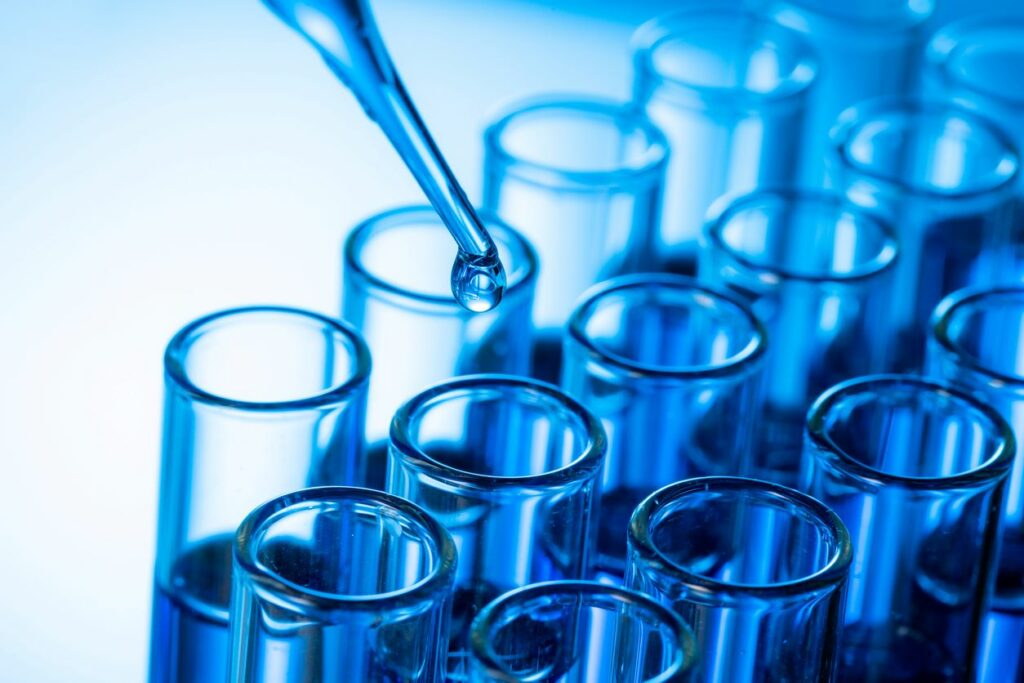
Blood Alcohol Concentration (BAC)
Understanding Blood Alcohol Concentration (BAC) is crucial when it comes to responsible drinking, alcohol use disorder and assessing impairment. It’s not just about the number of drinks consumed, but also factors in individual body weight, metabolism, and alcohol tolerance. This means that two people of the same gender and age can have vastly different BAC levels after consuming the same amount of alcohol.
One interesting perspective on BAC is its impact on decision-making ability. Studies show that even at low BAC levels, individuals may experience impaired judgment and decreased inhibitions. This highlights the importance of monitoring BAC not only for legal reasons but also for personal safety.
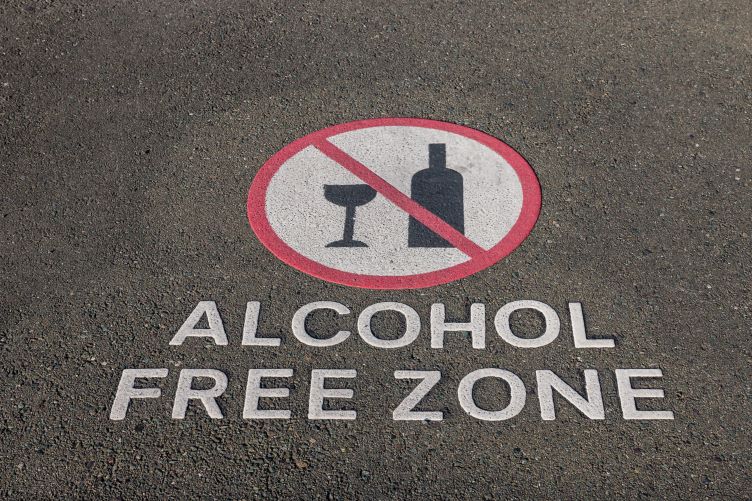
This underscores the complexity involved in assessing alcohol’s effects and impairment solely based on BAC measurements.
How Long Does It Take For Alcohol To Drain Out Of Your System?
Alcohol is metabolized at a fairly constant rate of about 0.015% BAC per hour, which means it takes roughly about one hour to process one standard drink. However, several factors can influence this rate, including weight, gender, and overall health. Furthermore, different types of alcohol may be metabolized at different rates due to varying alcohol concentrations.
Type of alcoholic beverages consumed
When it comes to the influence of alcoholic beverages on blood alcohol levels, their type plays a significant role. It’s important for consumers to understand that different types of alcoholic drinks can affect their blood alcohol level in various ways. For alcohol tests for instance, spirits such as vodka or whiskey typically have a higher alcohol content than beer or wine, which means they can increase blood alcohol levels more rapidly.
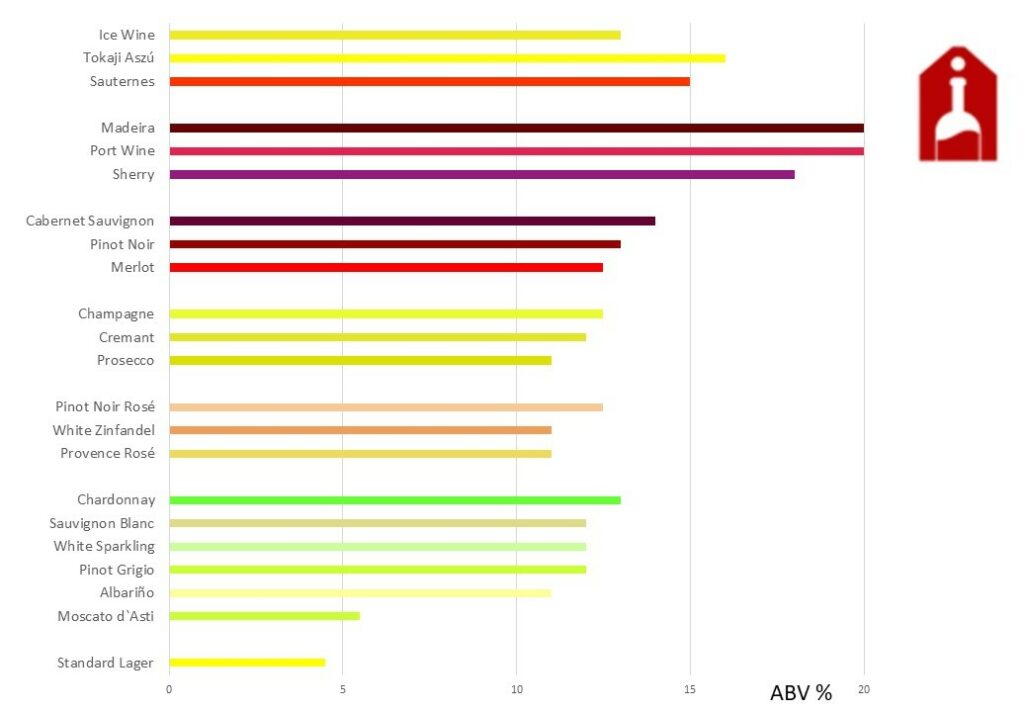
Factors like carbonation and sugar content present in some alcoholic beverages can also impact how quickly their effects are felt and how long they last. Understanding these nuances can help individuals make more informed decisions about what and how much alcohol they drink, ultimately affecting their blood alcohol levels.
Does Alcohol Show Up on a Drug Test?
Alcohol is often a point of confusion when it comes to drug tests. While many people assume that alcohol would show up, the reality is a bit more nuanced. Standard drug tests typically do not screen for alcohol consumption unless specifically requested.
However, some employers or organizations may request an alcohol test in addition to the standard drug panel.
It’s essential to understand that alcohol has a relatively short detection window compared to other substances. In most cases, alcohol can be detected in urine for up to 12 hours, in blood for about 6-24 hours, and in breath for up to 24 hours. Hair tests may have a longer detection window but saliva tests are less commonly used for detecting alcohol consumption.

Despite not being part of the typical drug testing panel, excessive or recent alcohol consumption can be indicated through abnormal liver function tests and other medical examinations. As such, while traditional drug tests may not directly detect alcohol use, its effects on the body could still be assessed through alternative means.
What Is A Standard Drink?
Understanding what constitutes a standard drink is crucial in managing alcohol consumption. Often, individuals underestimate the actual amount of alcohol they are consuming, leading excessive alcohol consumption due to potential health risks and safety concerns.
A standard drink is typically defined as containing about 14 grams of pure alcohol, which translates to approximately 12 ounces of beer, 5 ounces of wine, or 1.5 ounces of distilled spirits. However, it’s essential to consider the varying alcohol content in different beverages and serving sizes.
How Long Will 2 Beers Show Up On A Breathalyzer?
A standard drink is generally defined as containing about 14 grams of pure alcohol, which equates to approximately 12 ounces of regular beer with an alcohol by volume (ABV) of 5%. However, stronger craft beers or malt liquors can have higher ABV, meaning a smaller quantity would constitute a standard drink.

It’s crucial for individuals to be mindful of these differences and not assume that all beers contain the same amount of alcohol per serving.
Alcohol is metabolized at a fairly constant rate of about 0.015% BAC per hour, which means it takes roughly about one hour to process one standard drink. Therefore it should take roughly two hours for the alcohol in 2 beers to be metabolized.
It will depend on a number of other factors if the beers show up on a breathalyzer.
How Accurate Are Alcohol Urine Tests?
Alcohol urine tests are commonly used to detect the presence of ethanol metabolites in the body, providing an indication of recent alcohol consumption. While these tests can be helpful, their accuracy is often debated.
The reliability of alcohol urine tests depends on various factors such as the timing of the test, individual metabolism, and hydration levels. Moreover, certain medications and health conditions can also influence the results, leading to potential inaccuracies.
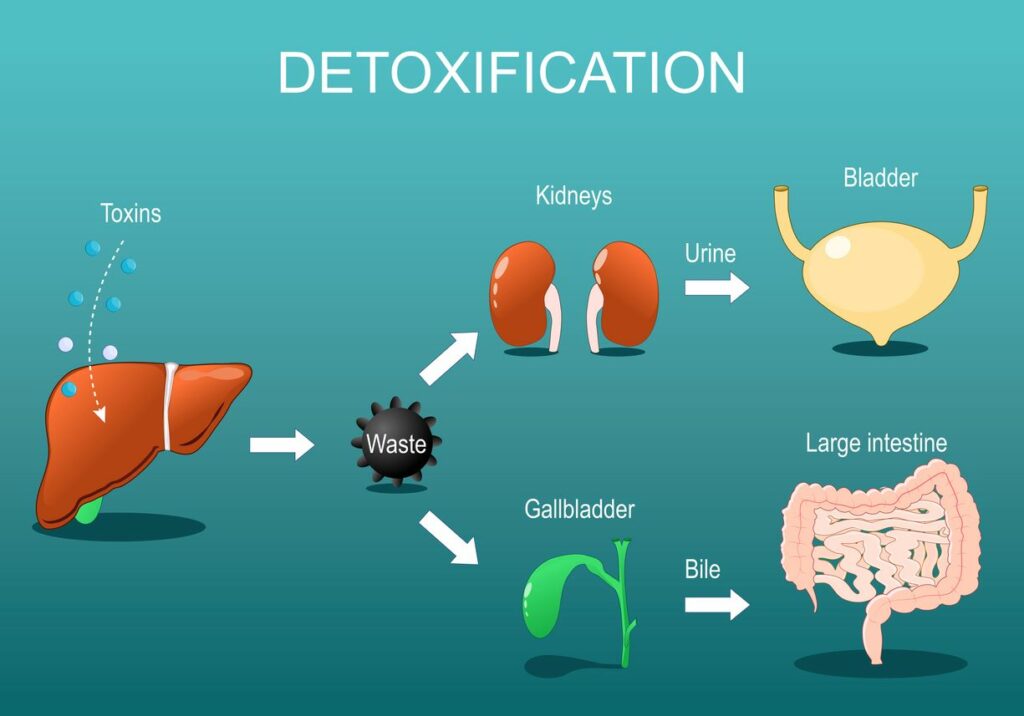
Additionally, it’s important to recognize that alcohol urine tests may not always reflect current impairment levels. Ethanol metabolites can remain in the body for a significant period after alcohol consumption, resulting in positive test results even when an individual is no longer under the influence.
Ultimately, while alcohol urine tests have their place in monitoring alcohol use and compliance with sobriety programs, their accuracy should be interpreted within this context and not solely relied upon as a definitive measure of intoxication or impairment.
Can Alcohol Be Detected In A Blood Test?
Many people wonder whether alcohol can be detected in a blood test, and the answer is a resounding yes. Blood tests are one of the most accurate methods for detecting alcohol in the body, as they can measure the actual level of alcohol present in the bloodstream.
The liver metabolizes alcohol at a relatively constant rate, allowing for a fairly accurate estimation of how much alcohol has been consumed.
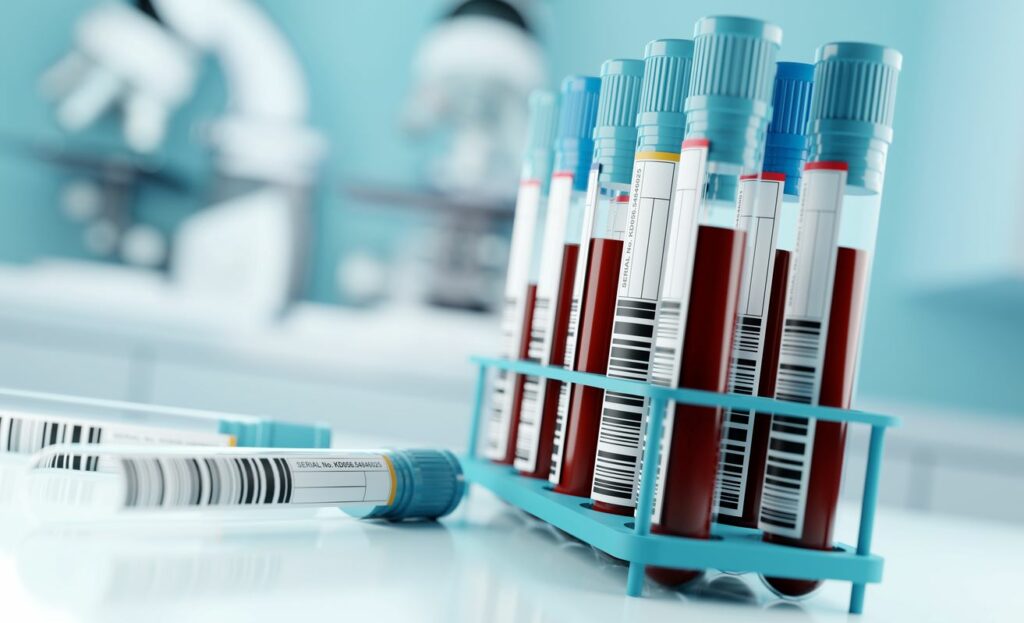
Moreover, advances in technology have made it possible to detect even small amounts of alcohol in the blood, providing greater accuracy and reliability. This is especially important for law enforcement and medical professionals who need to determine if an individual has been drinking.
As such, it’s crucial to recognize that even if someone feels sober after consuming alcohol, traces of it can still be detected through a blood test, emphasizing the importance of responsible drinking and understanding its impact on the body.

